20 Fun Activities to Teach the Alphabet: Make Learning Letters an Exciting Adventure!
Hey there, amazing teachers and super parents! 👩🏫👨👩👧👦 Ready to transform alphabet learning from “meh” to “heck yeah!”? Teaching the alphabet doesn’t have to be a snooze fest filled with endless flashcards or dull drills. Instead, imagine your little learners giggling, moving, coloring, and feeling like alphabet superheroes on a mission. If you’re looking for ways to make teaching letters more dynamic, joyful, and effective, you’re in the right place.
Why Make Alphabet Learning Fun? Before we dive in, let’s talk about why fun matters. Learning the alphabet is foundational—it’s the gateway to reading and writing. But kids (and let’s be honest, adults too) can get bored fast with repetition. It’s like eating plain toast every day—necessary, but not exciting. Fun activities add flavor, spice, and zest to learning, helping kids:
- Stay engaged and motivated
- Build deeper connections with letters
- Develop multiple skills (recognition, sounds, handwriting) all at once
- Love learning so much they don’t want to stop
1. Alphabet Coloring Sheets: The Classic But Gold Start Coloring never goes out of style! Alphabet coloring sheets are simple but super effective. Kids get to see the letter, connect it to a fun image (like A for apple 🍎), and practice fine motor skills. Bonus points if you encourage wild and crazy color choices — purple elephants or neon green apples are always a hit.
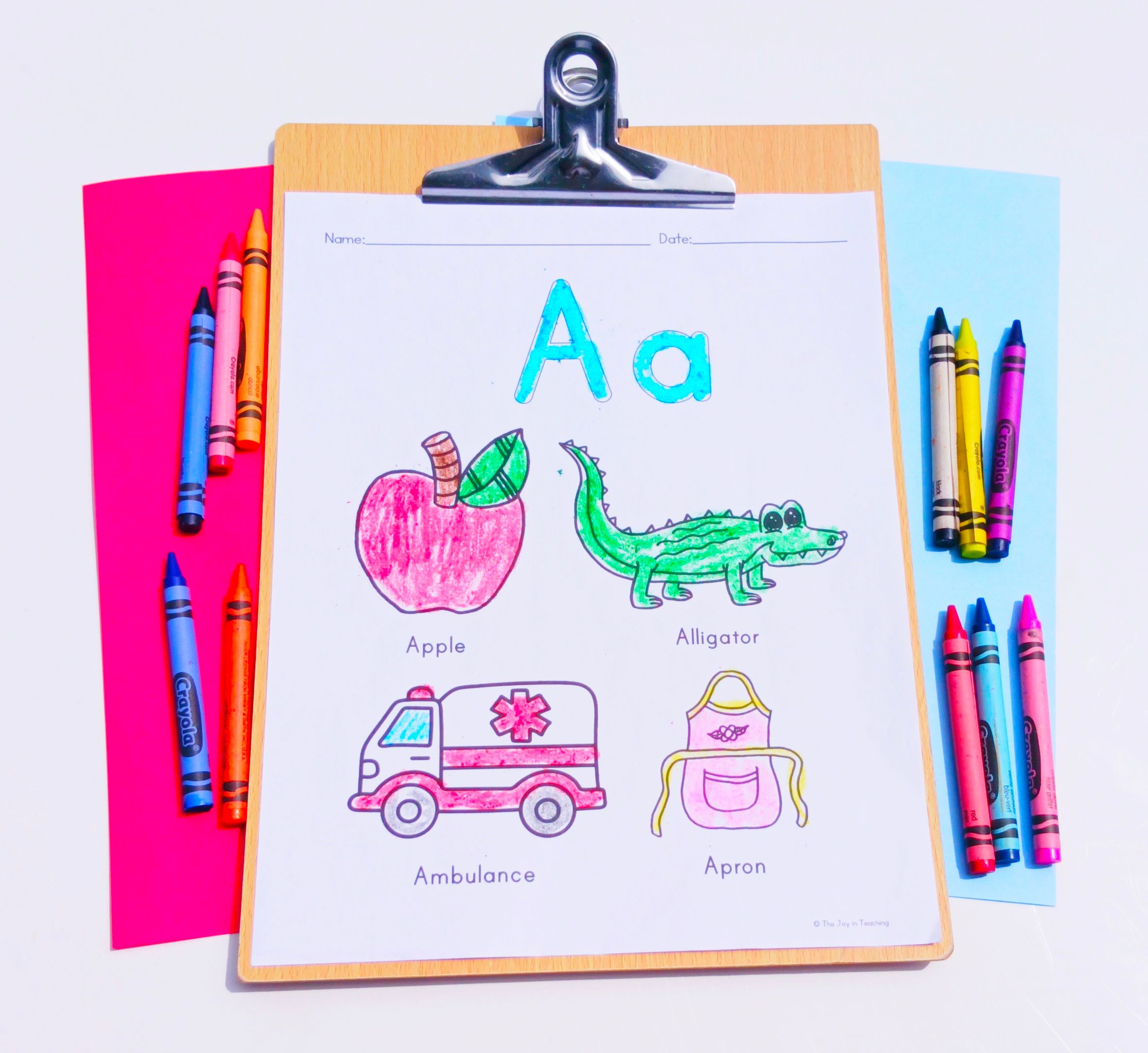
2. Cut and Paste Alphabet Fun This activity mixes creativity and letter recognition. Provide kids with pre-cut letters, and have them match or assemble them onto a worksheet. It’s hands-on, tactile, and perfect for little fingers practicing coordination. Plus, it feels like craft time disguised as learning!
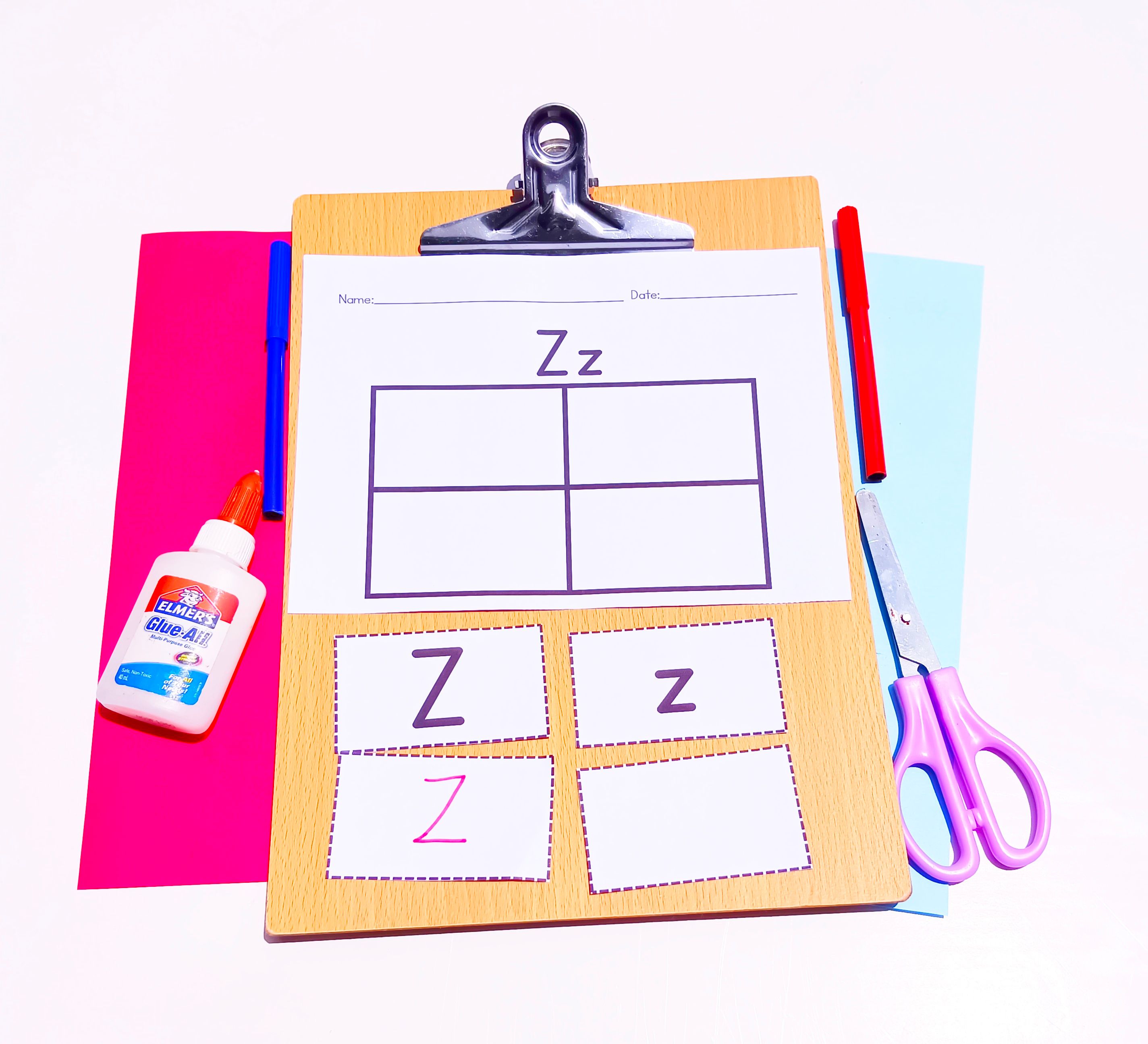
3. Alphabet Hunt (Uppercase and Lowercase Edition) Turn your classroom or home into a letter treasure map. Hide uppercase and lowercase letters around the room and challenge kids to find them all. You can make it themed — a jungle safari looking for “L-Lion” and pasting it in a tree. Movement + learning = win-win.
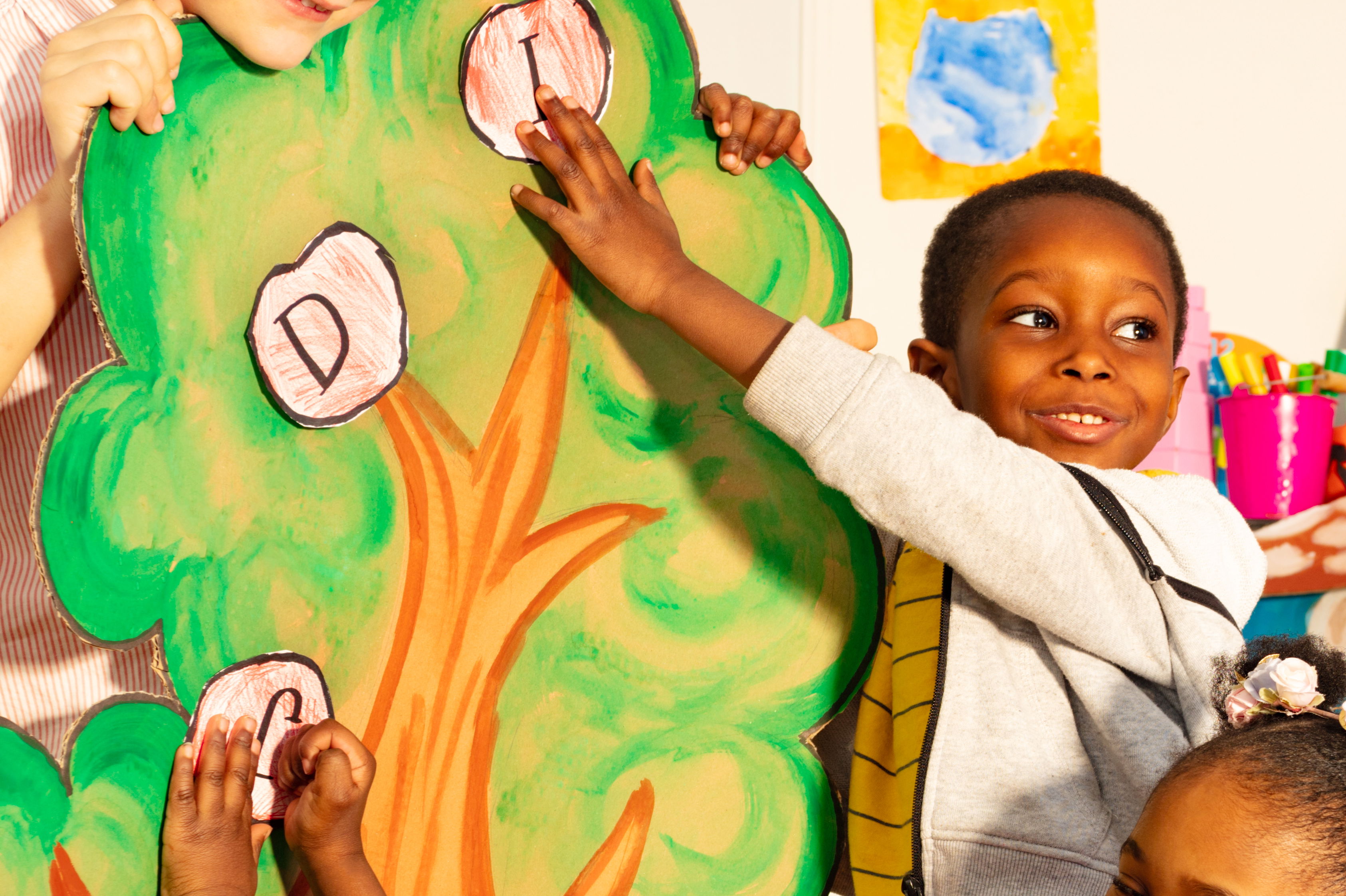
4. Back to School Alphabet Worksheet A fresh start activity that reviews letters and their sounds while getting kids into the school groove. Simple worksheets that combine letter tracing, matching, and beginning sounds can set a positive tone for the year ahead.
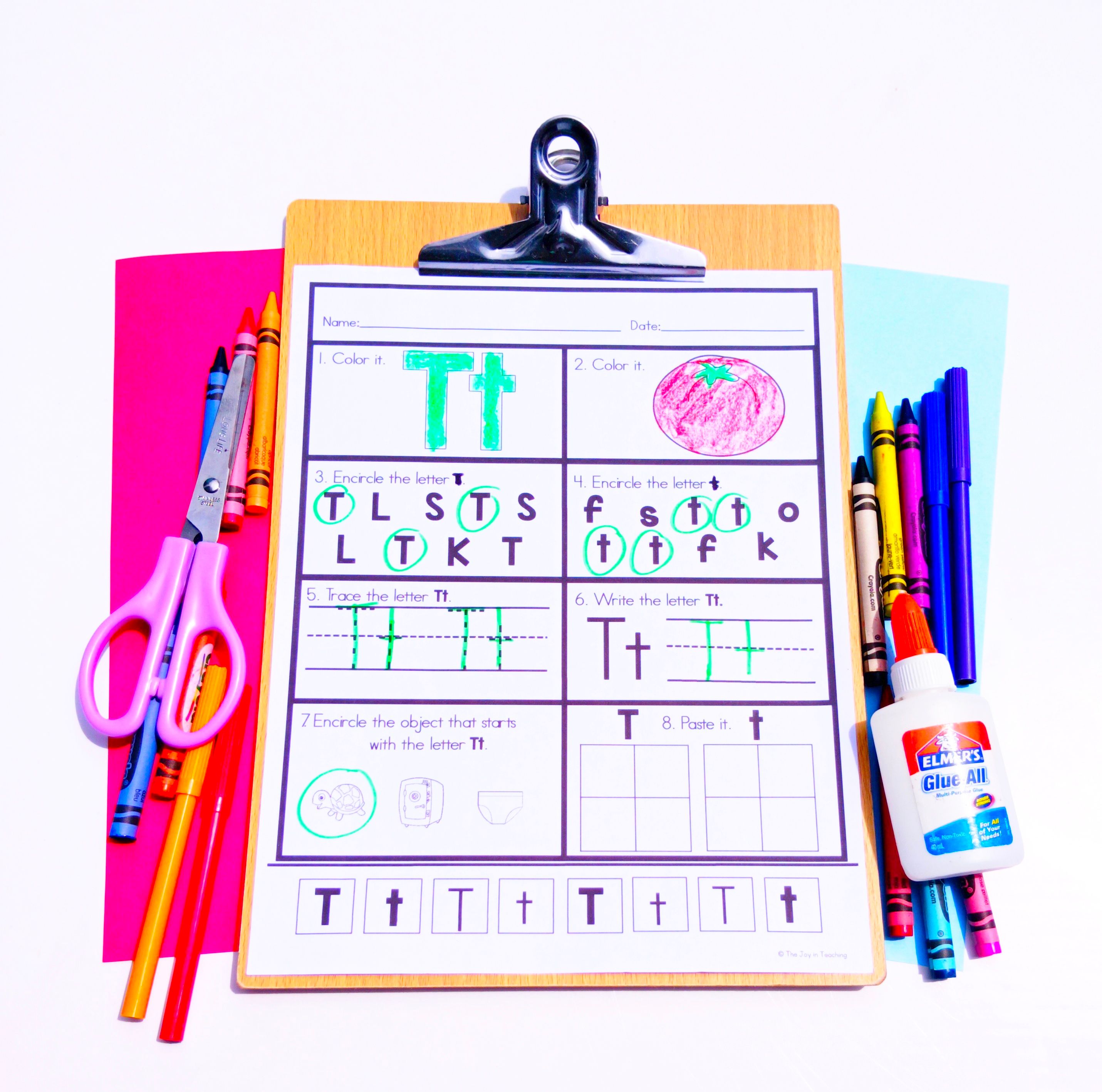
5. Beginning Sounds Task Cards and Worksheets Who doesn’t love a good game of “What sound does this letter make?” Task cards are perfect for this. Show a picture, and kids identify the beginning sound, then match it to the correct letter. It’s like detective work with a phonics twist!
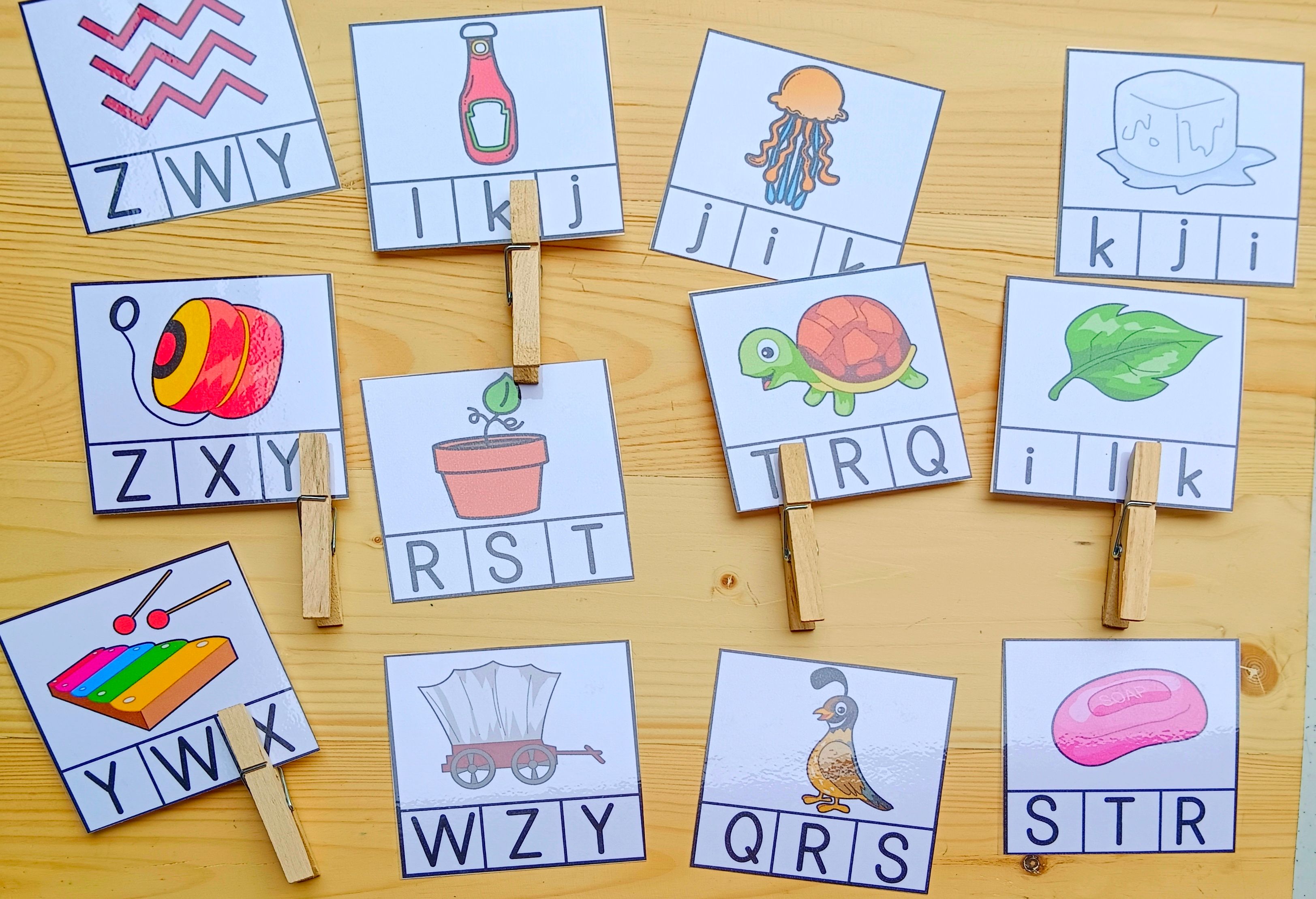
6. Beginning Sounds Cut and Paste Activity Similar to the task cards, but with a tactile twist! Kids cut pictures and paste them under the correct letter heading. It’s crafty, hands-on, and reinforces the connection between sounds and letters in a multi-sensory way.
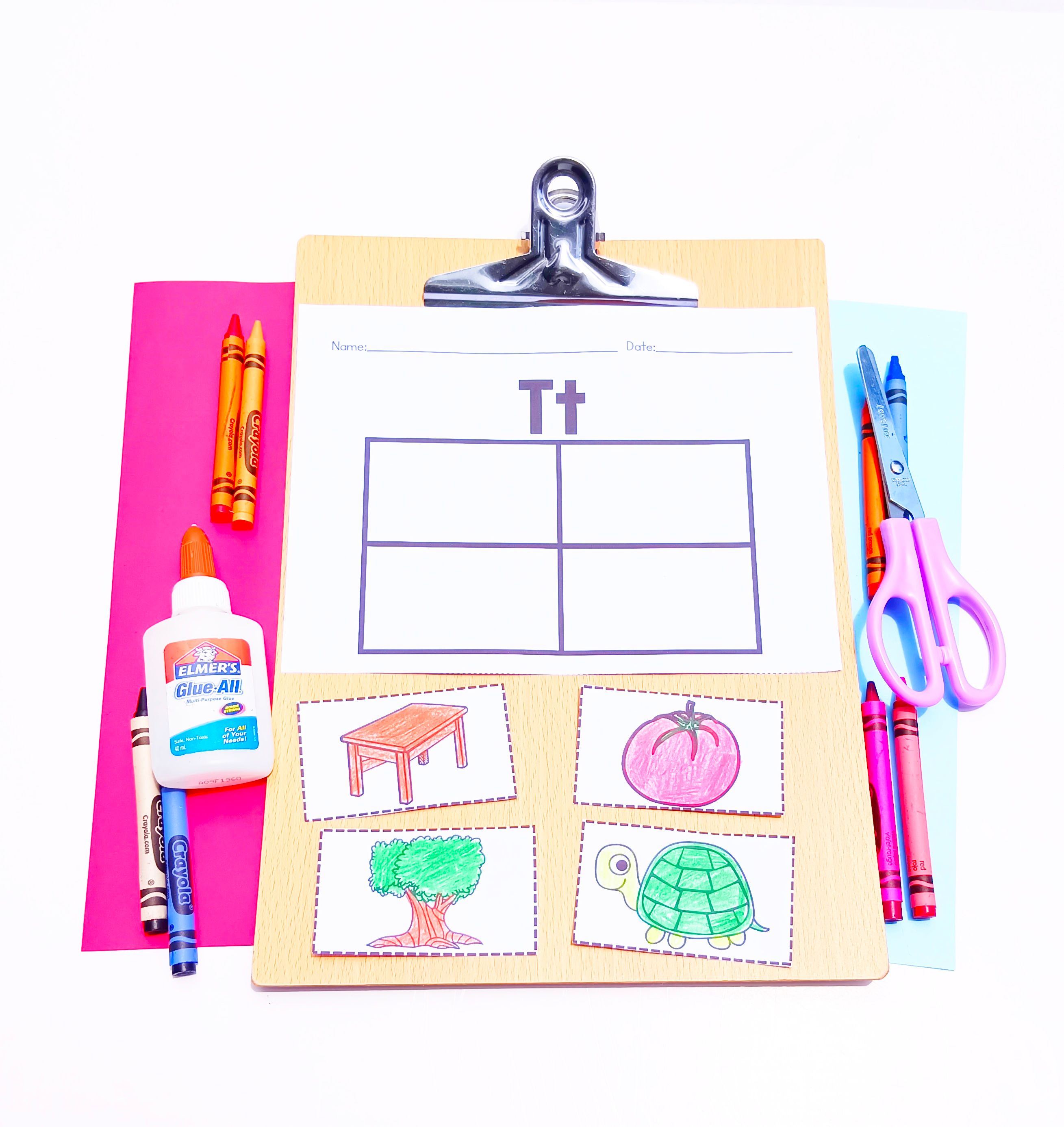
7. Pre-K Alphabet Handwriting Worksheets Practice makes perfect, but it doesn’t have to be boring. These worksheets focus on letter formation with fun tracing exercises. Use colorful markers or crayons, and make it a challenge to “beat your last time” to keep motivation high.
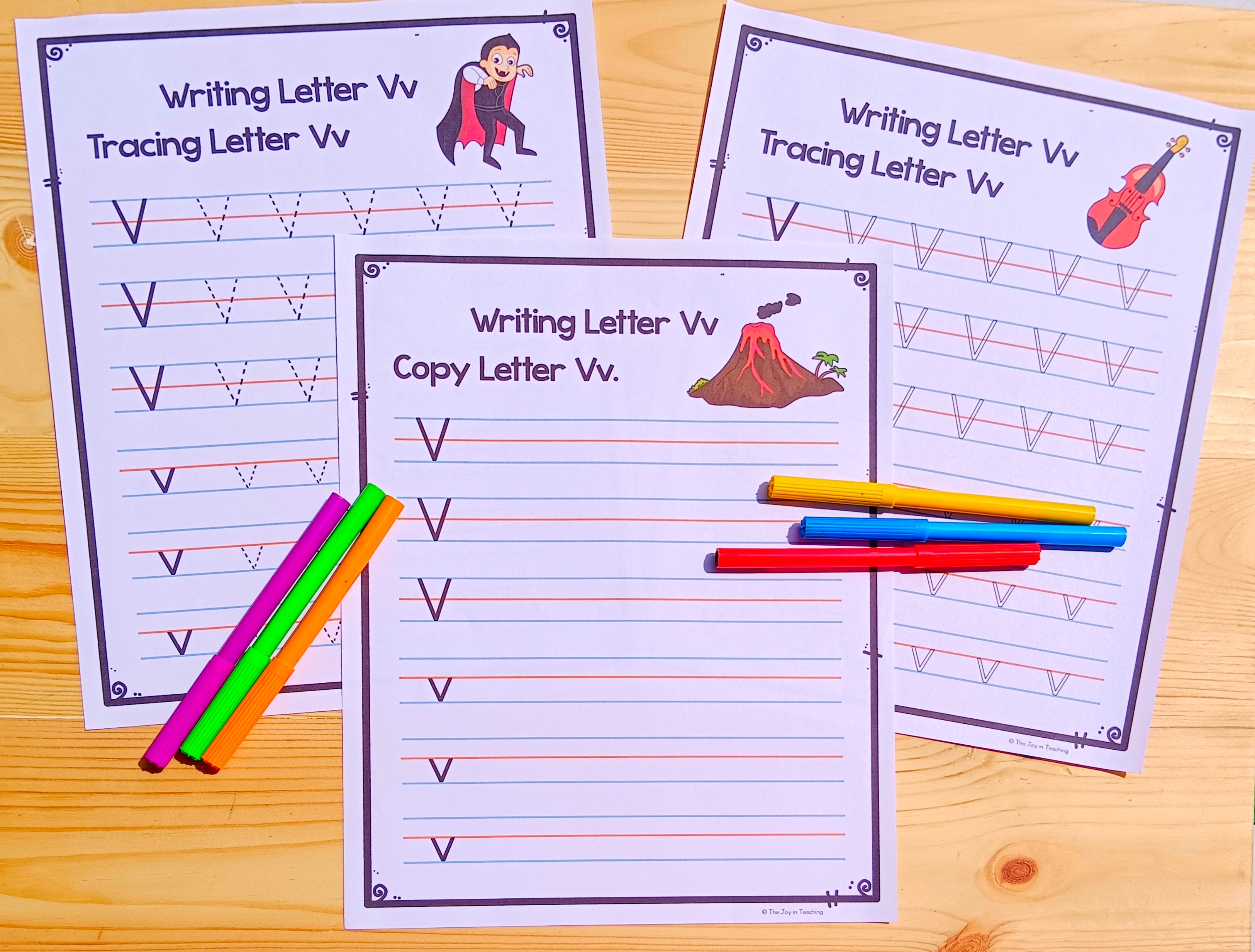
8. Alphabet Recognition Worksheets Recognizing letters in different fonts and contexts is crucial. These worksheets include matching uppercase to lowercase letters, identifying letters in words, and sorting letters into groups. Variety keeps the brain buzzing!
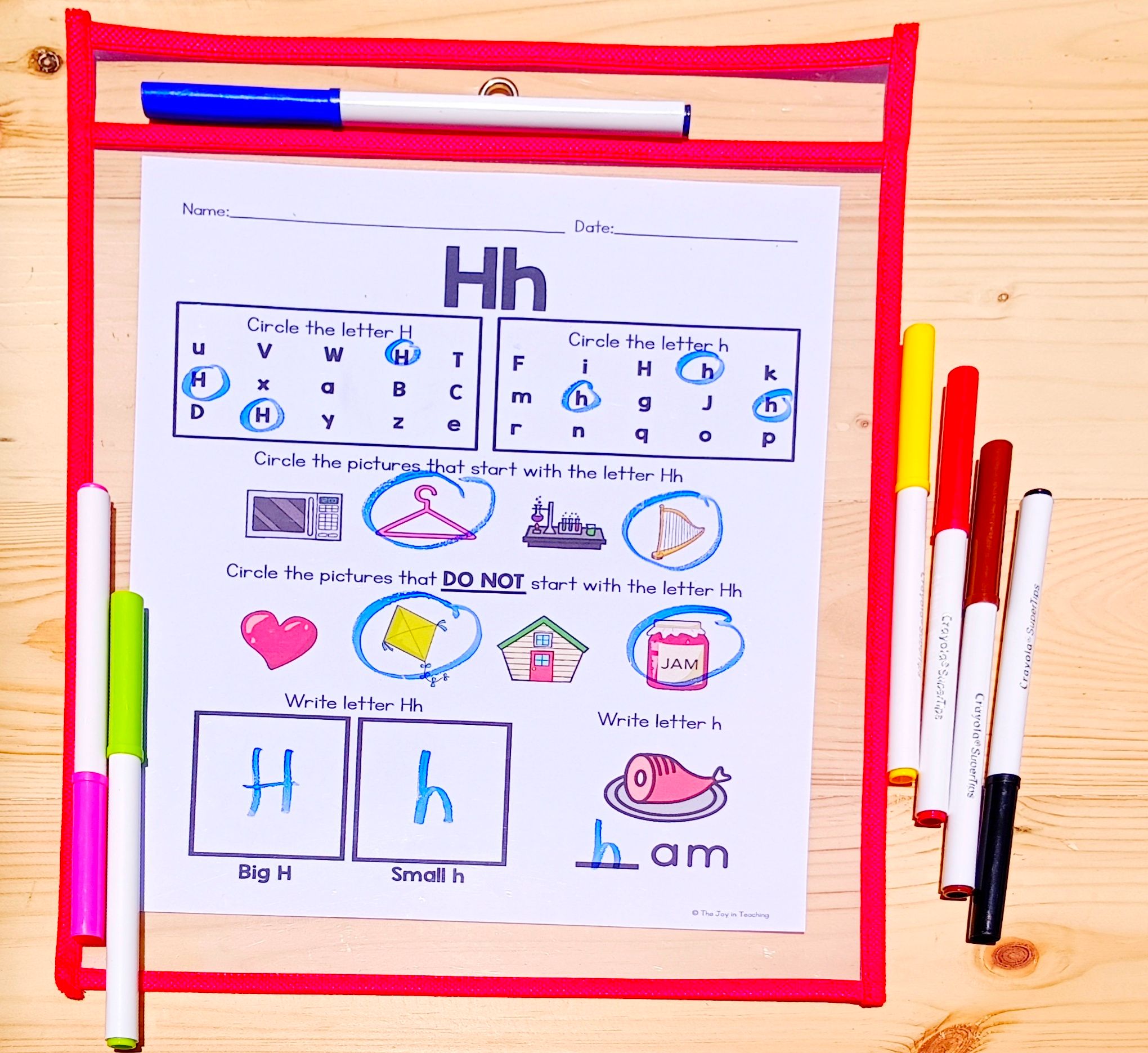
9. Alphabet Picture Matching Activity Pair letters with corresponding pictures — for example, “B” with “ball.” This helps solidify letter-sound relationships visually and verbally. Bonus points for adding silly or unexpected pictures to spark laughter and curiosity!
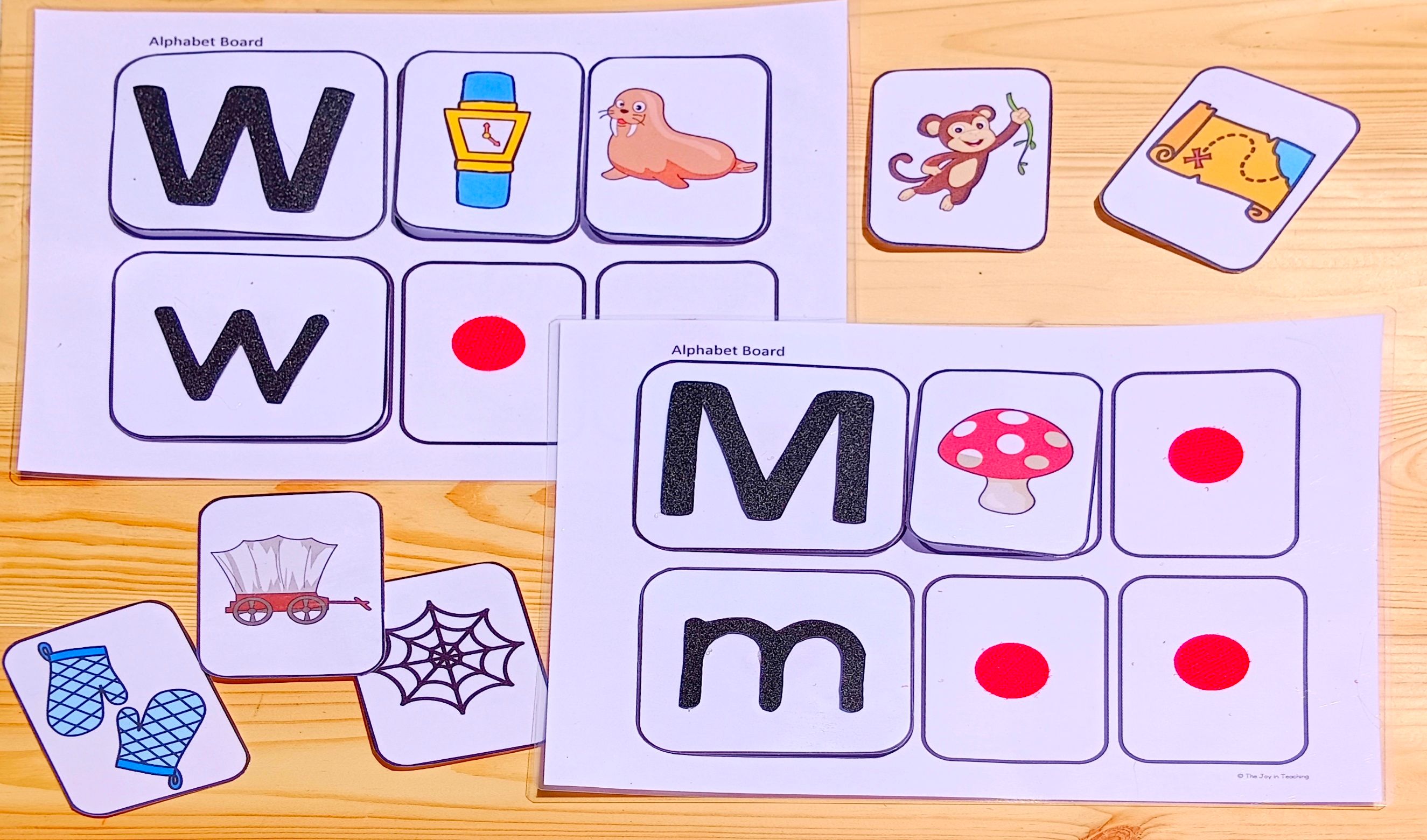
10. Alphabet Picture Flashcards (Sandpaper Edition Optional) Flashcards are a classic, but sandpaper letters take tactile learning up a notch. Kids trace the rough texture of each letter while saying the sound, engaging multiple senses for better memory retention. Plus, it’s oddly satisfying to touch!
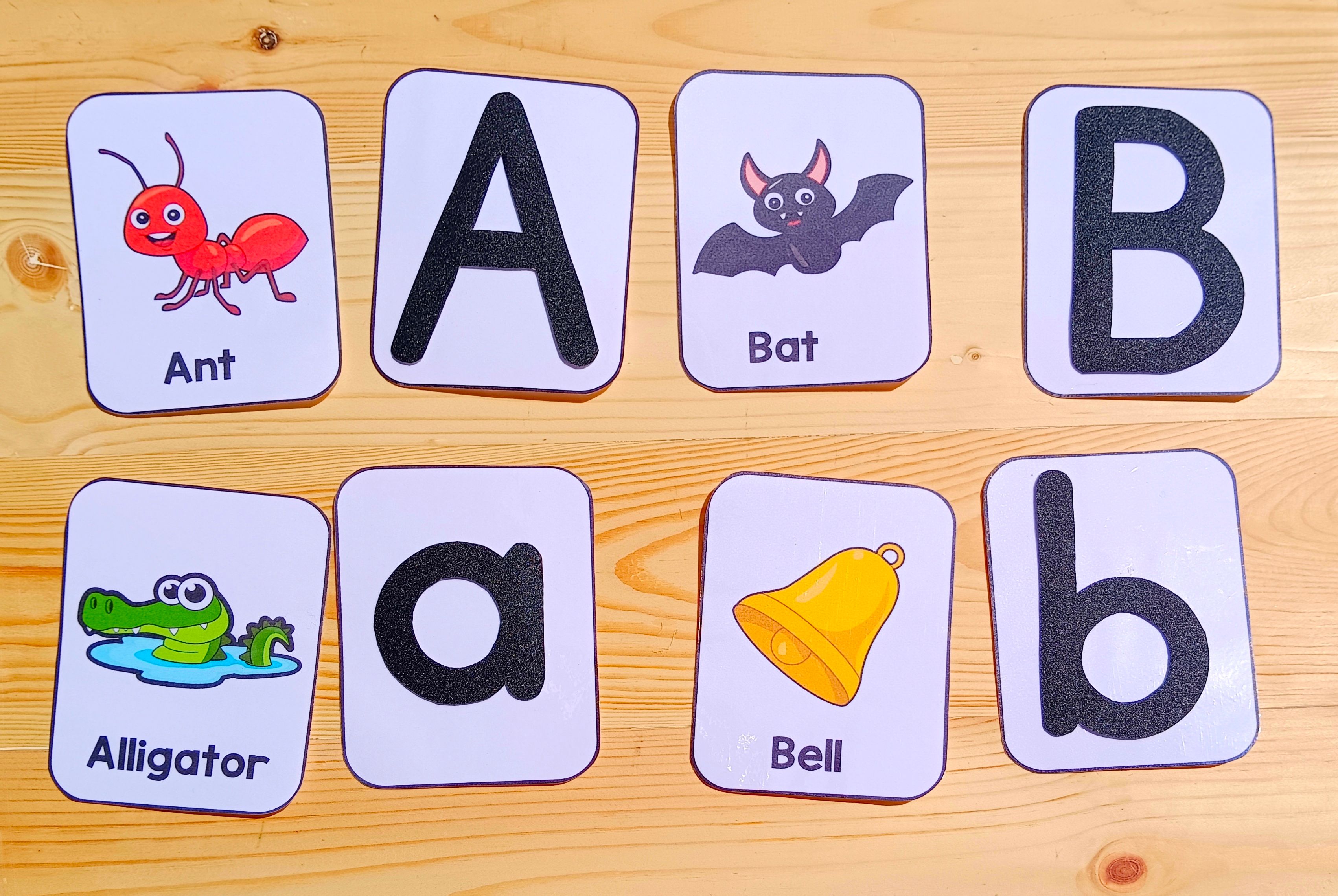
11. Alphabet Board Game Turn letter learning into playtime with a board game! Use a simple path with letter challenges, like naming a word that starts with the letter or doing a quick letter tracing. Games build social skills, turn-taking, and make learning feel like an adventure.
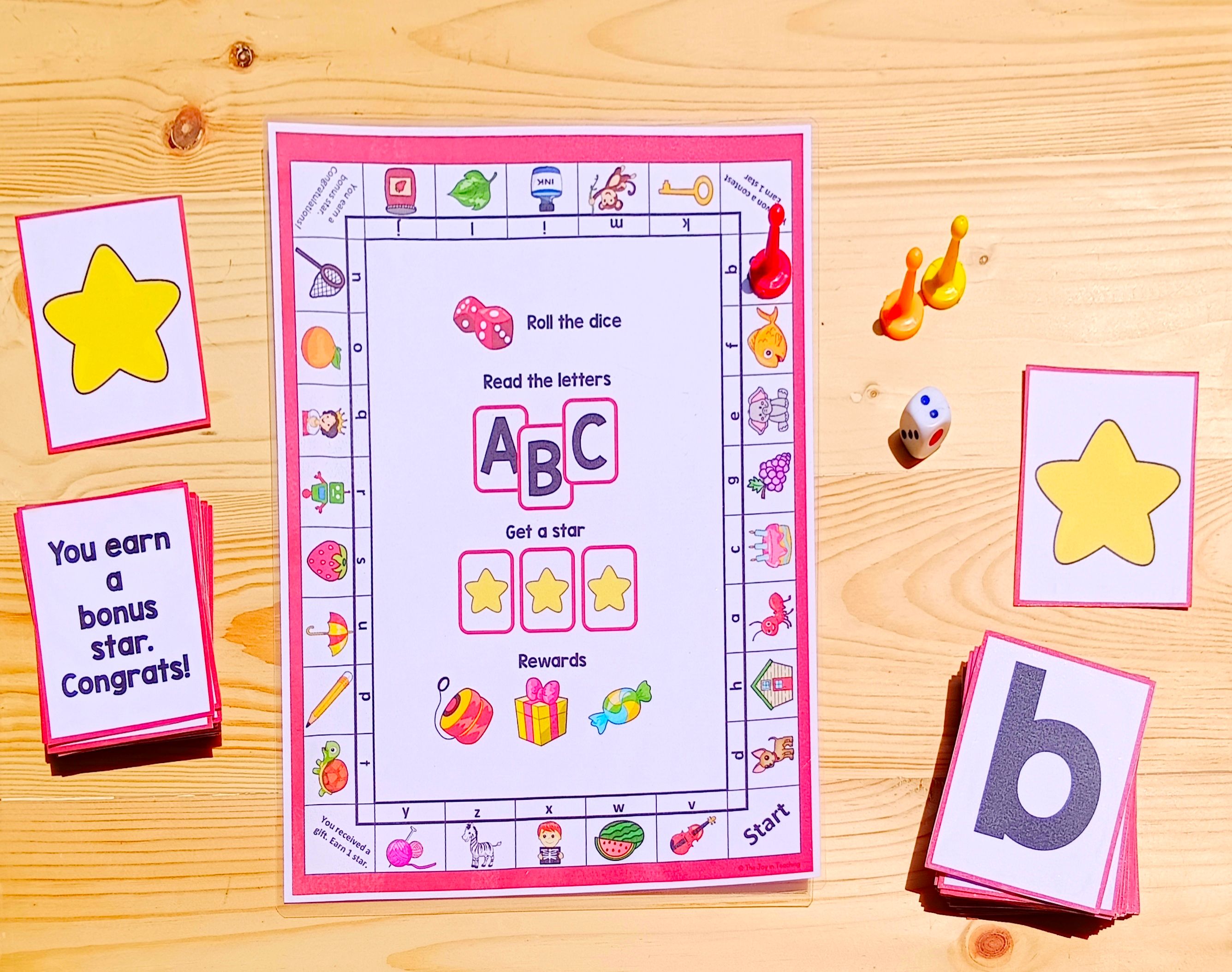
12. Alphabet Hunt - Lowercase and Uppercase Letter & Beginning Sounds Similar to #3 but this can be more structured or done as a center activity.
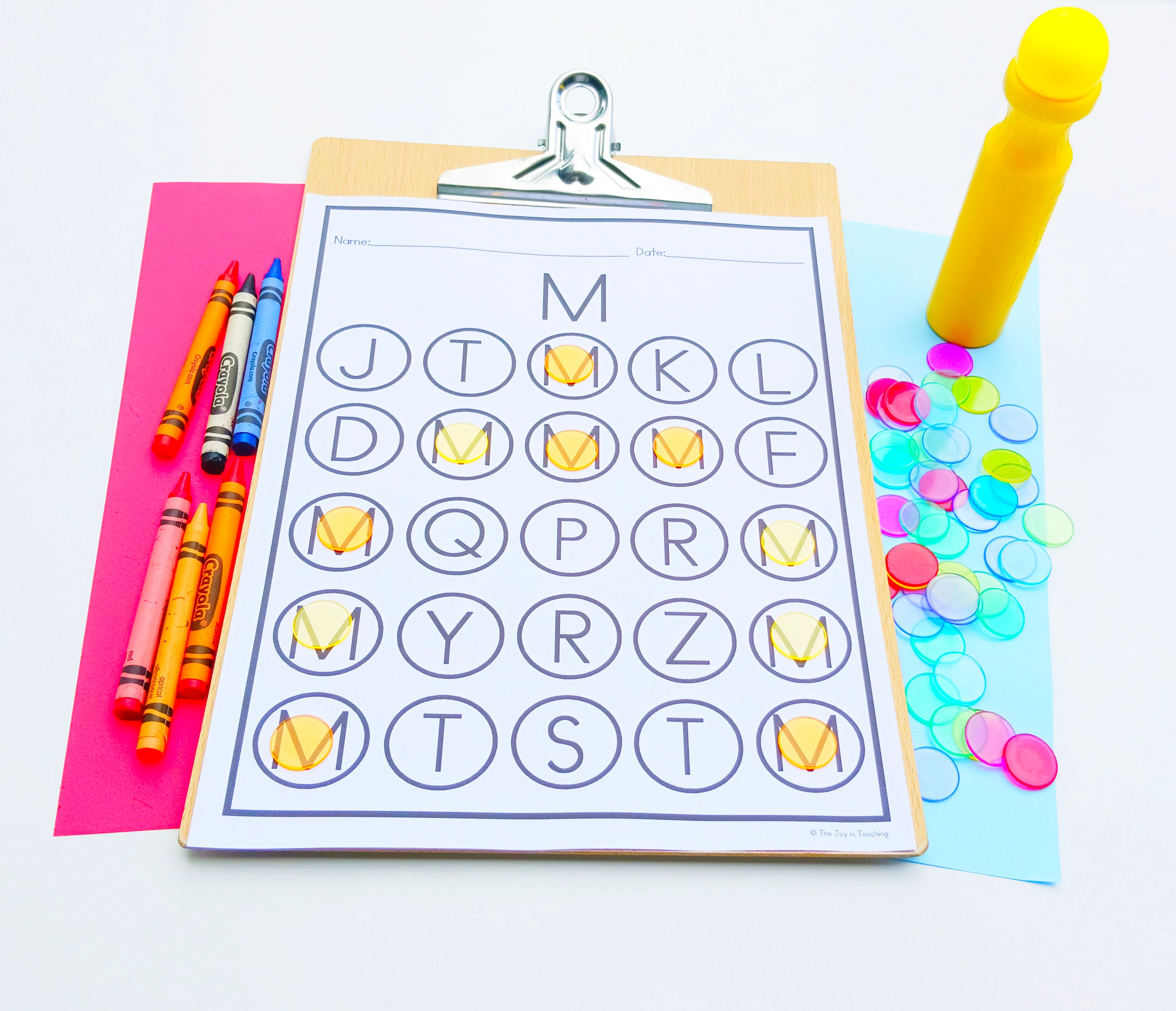
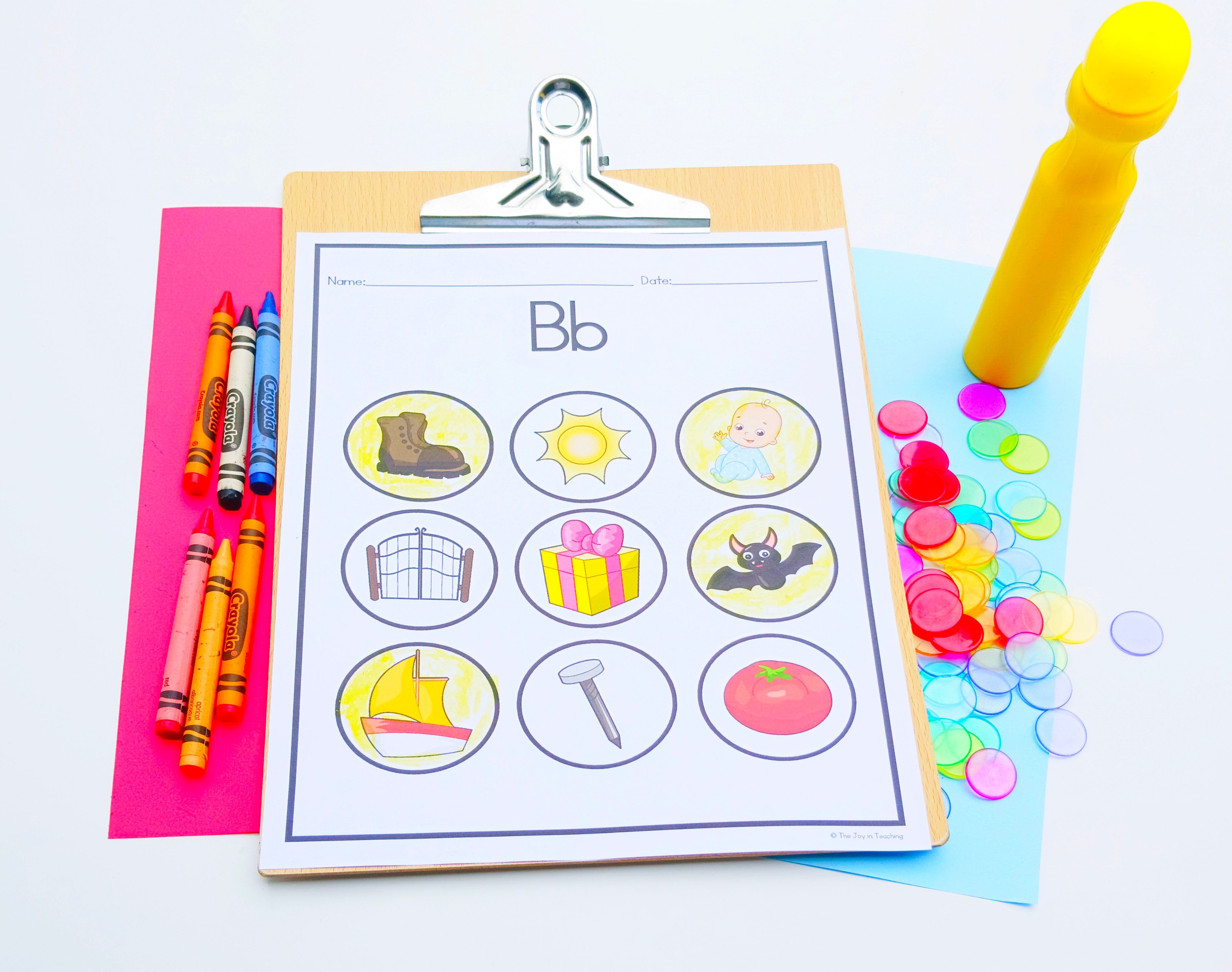
13. Free Alphabet Tracing Sometimes, less is more. Free tracing sheets give kids open space to practice writing letters without constraints, fostering creativity and confidence in forming letters.
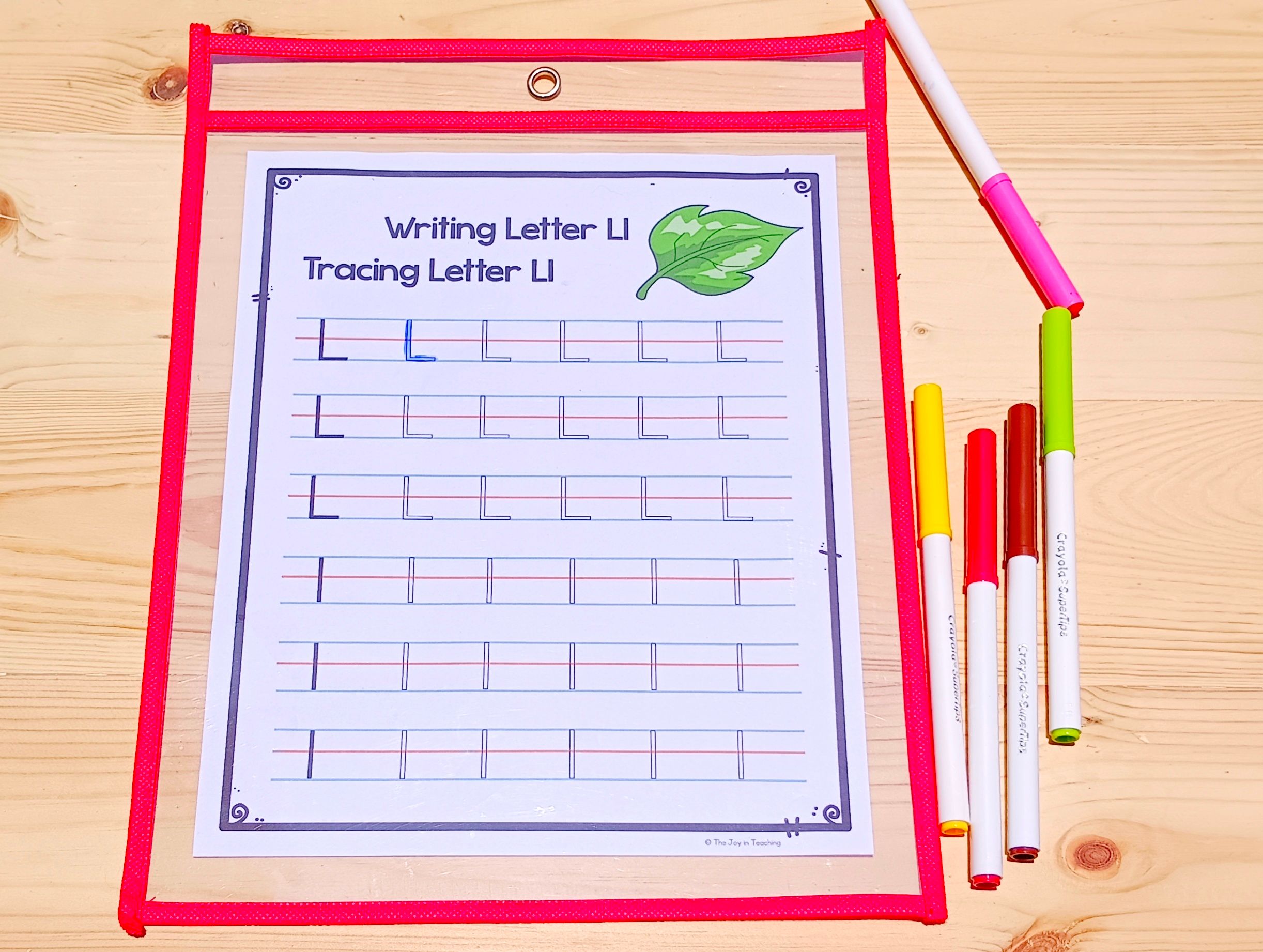
14. Dry Erase Tracing and Clay Alphabet Cards Combine writing practice with sensory play by laminating letter cards for dry erase use and including clay to form letters. Kids love squishing clay, and it’s a wonderful way to reinforce letter shapes physically.
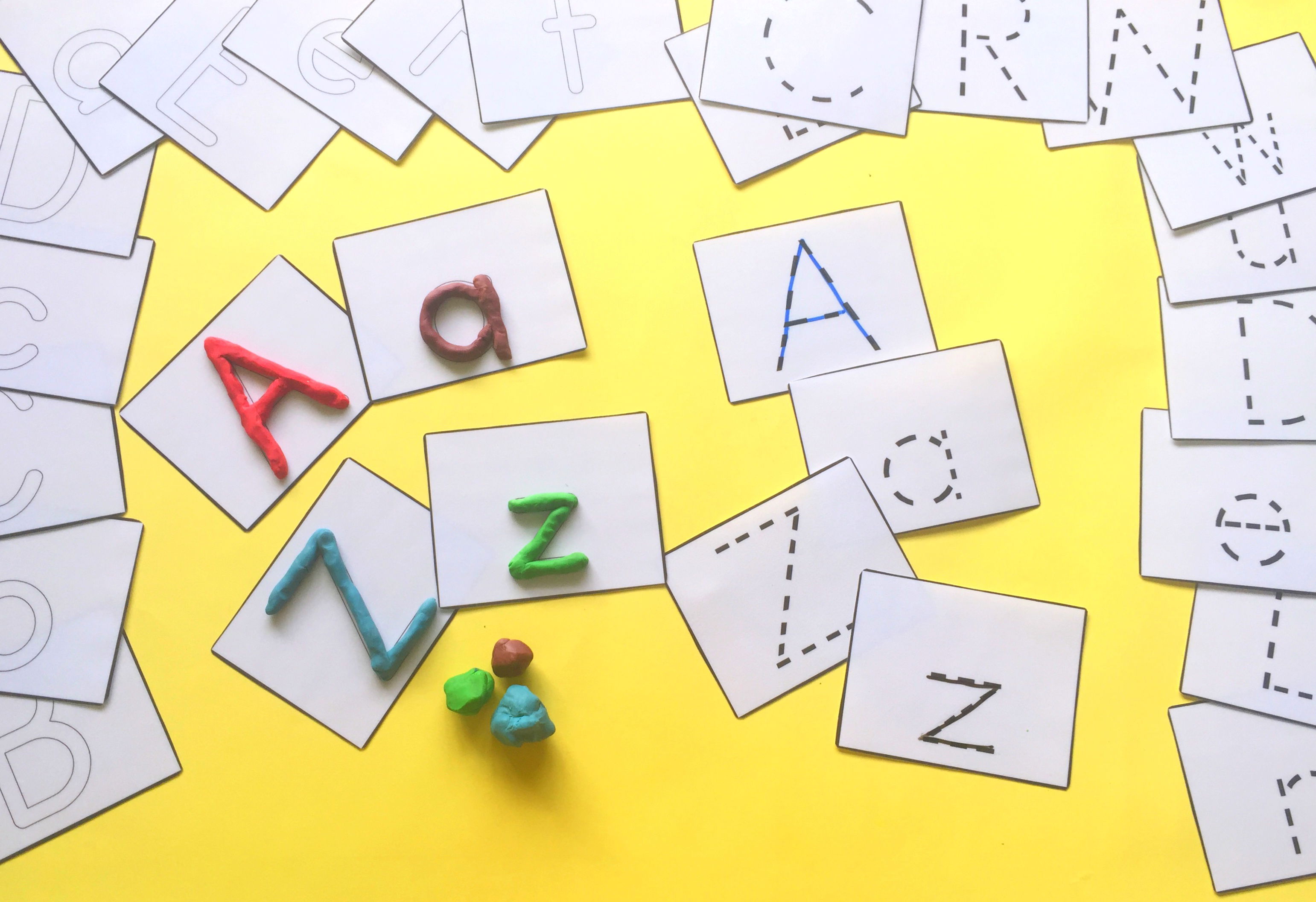
15. Alphabet Recognition Center Activity Set up a station with flashcards, letter magnets, or letter blocks where kids can match, sort, and play independently or with partners. Centers keep kids moving and engaged, and allow for differentiated learning.
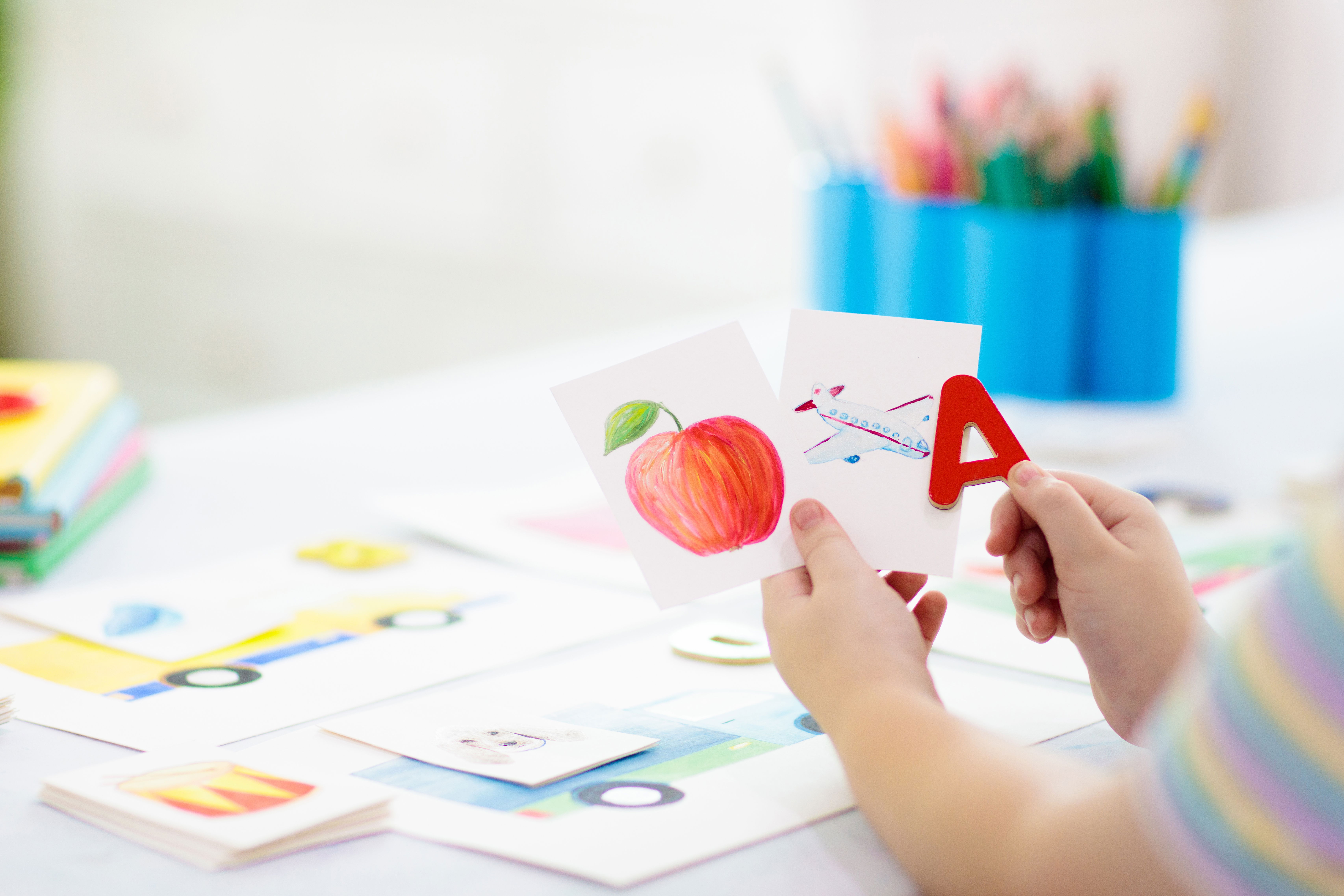
16. Morning Work Alphabet Practice Use simple, daily morning worksheets or activities focusing on one or two letters to start the day with a little letter love. Short, sweet, and consistent is the key here.
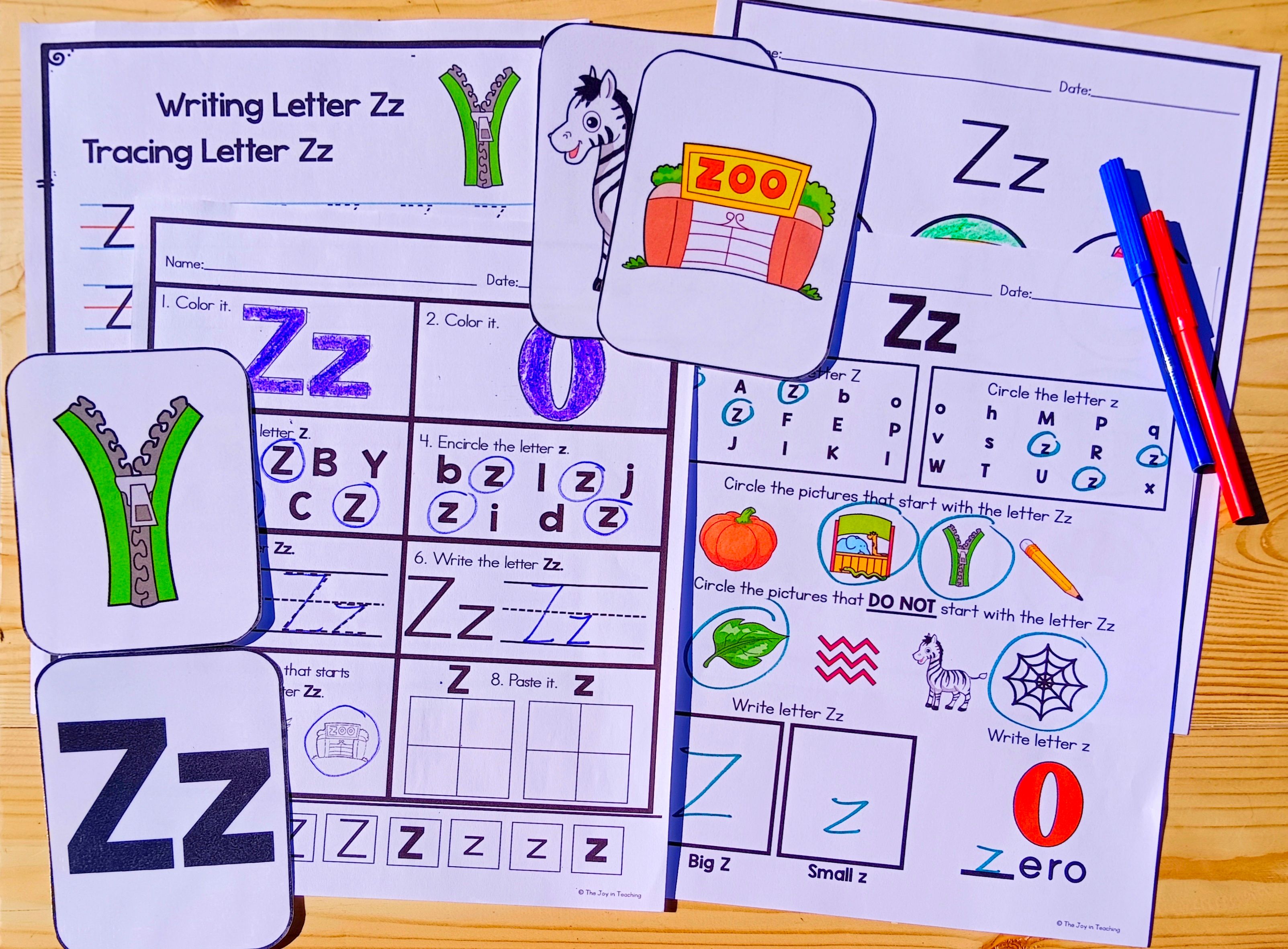
17. Take-Home Alphabet Packets Send home letter learning fun with take-home packets that include coloring, matching, and tracing activities. Parents appreciate having a roadmap for practicing letters outside school, and kids love bringing “homework” that feels like play.
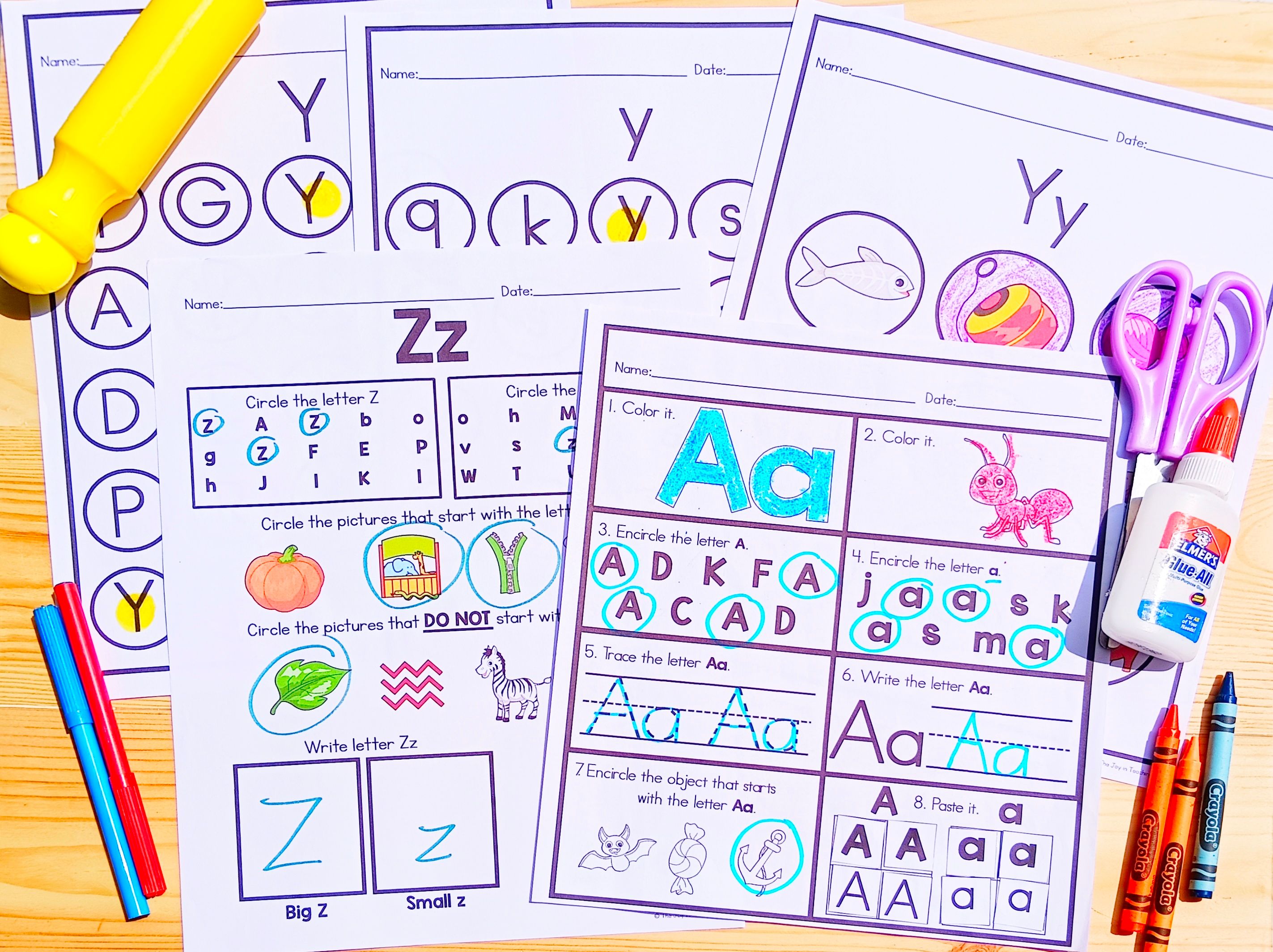
18. Alphabet Assessment Worksheets Quick check-ins with fun worksheets help you track progress and identify which letters or sounds need more practice. Use stickers or stamps to reward effort and growth — because everyone loves a gold star! 🌟
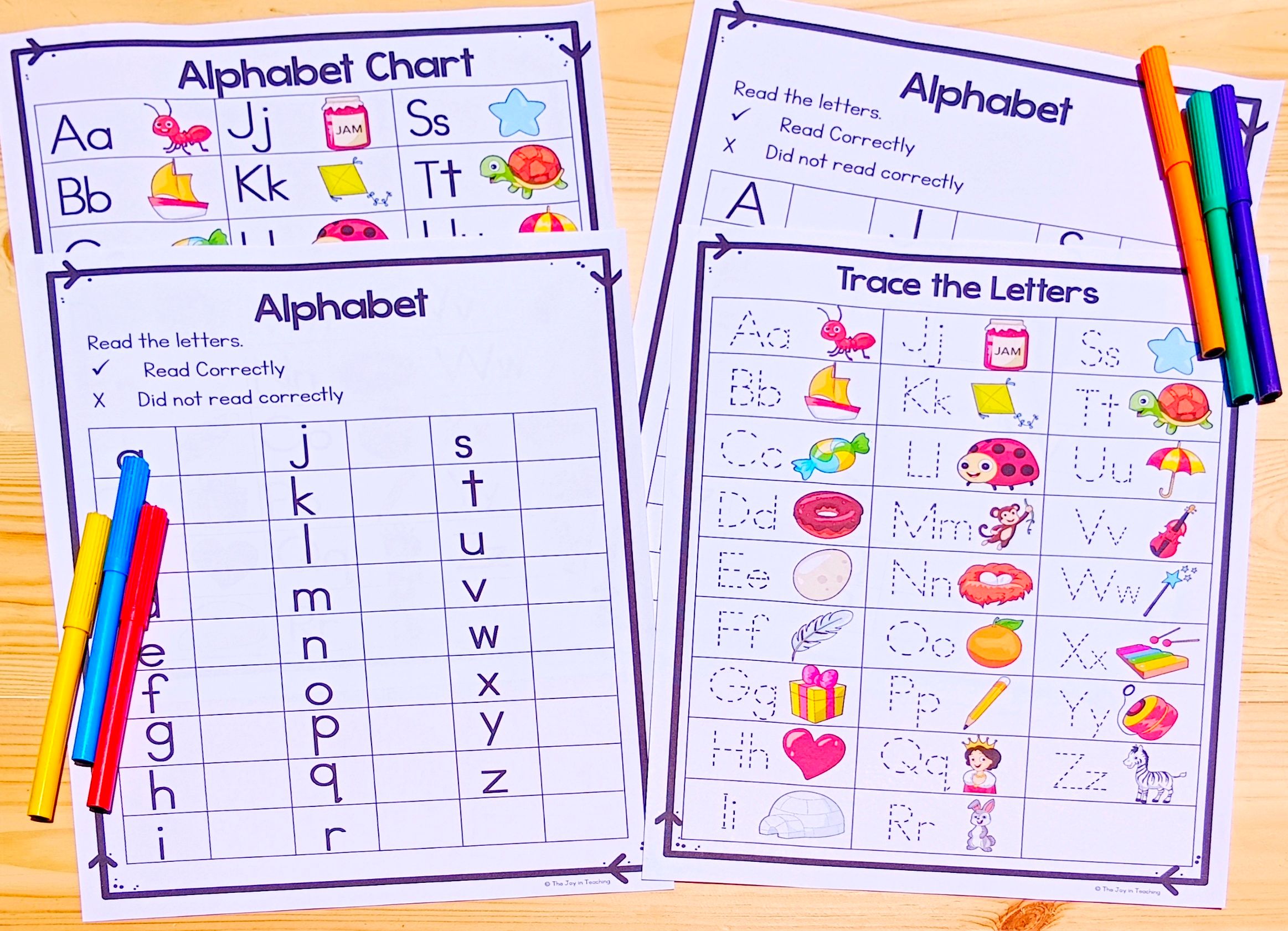
19. Interactive Alphabet Task Cards Set up stations with different task cards targeting various alphabet skills: recognition, sounds, handwriting, matching, and sorting. Kids rotate every 10 minutes to keep energy and interest high.
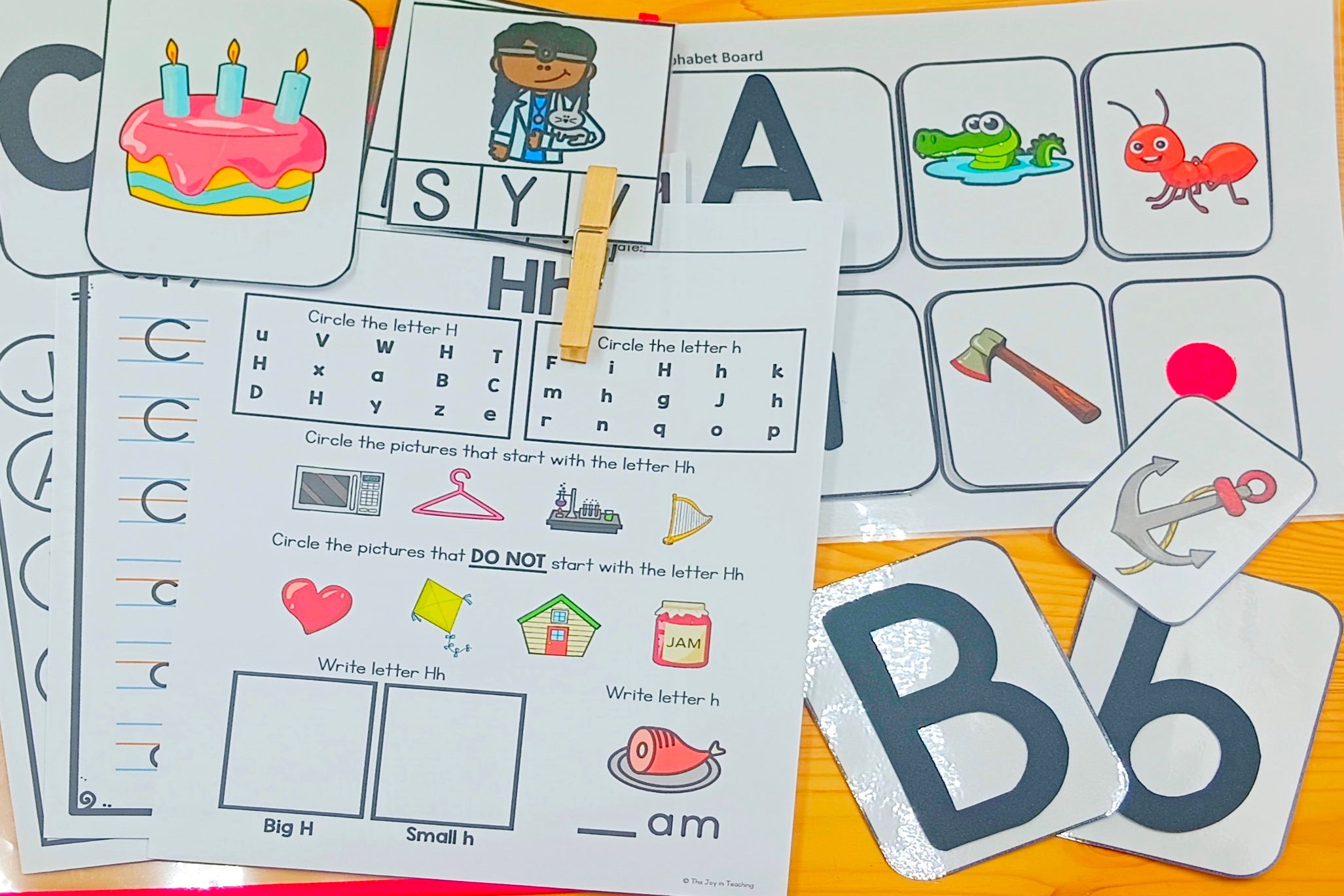
20. Alphabet Games and Puzzles Use board games, puzzles, and digital apps to turn letter practice into a game. There’s nothing like the thrill of winning a puzzle or beating a high score to make learning stick.
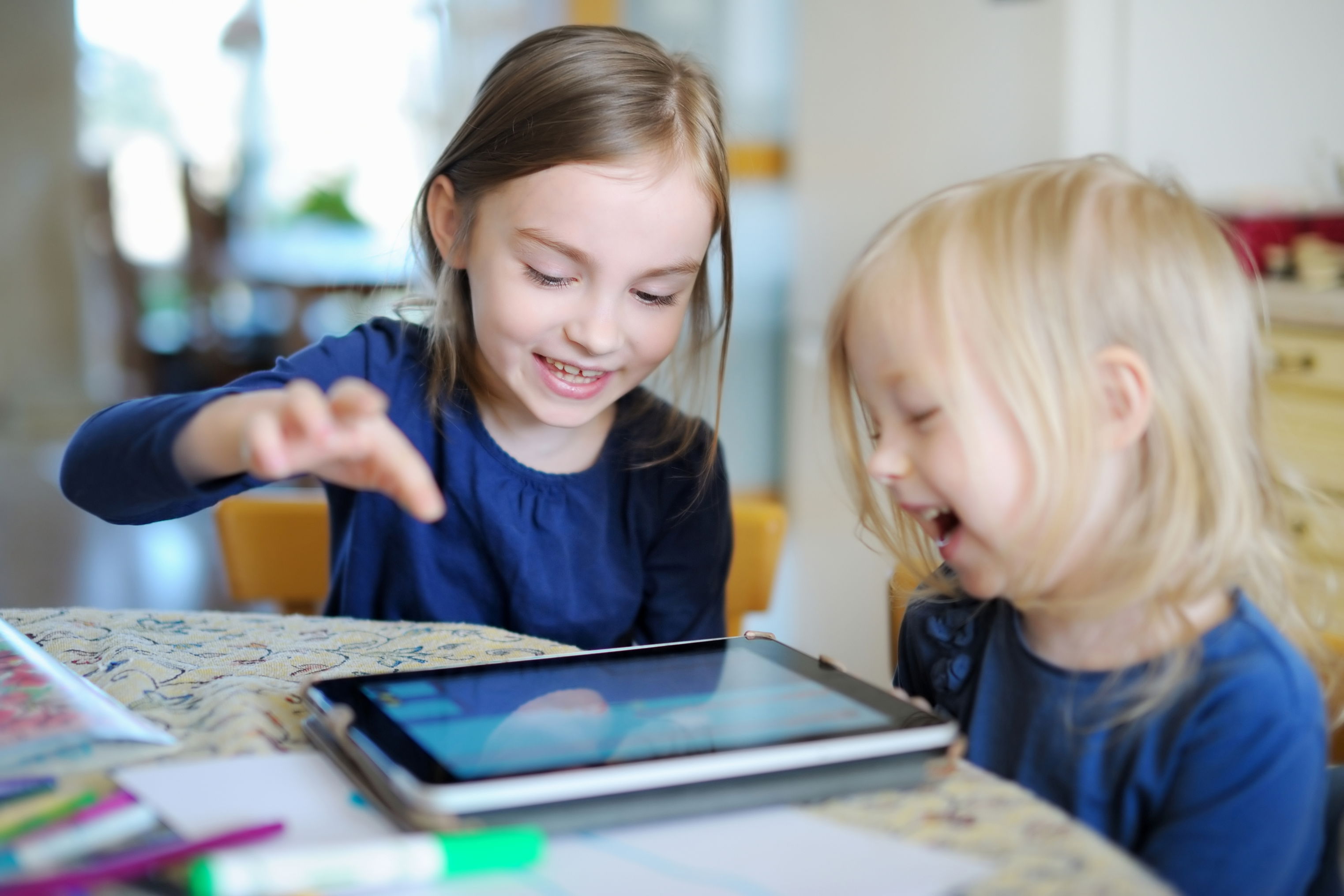
Materials You’ll Need to Rock These Activities
- Paper of your choice
- Laminating sheets and machine (optional but highly recommended)
- Velcro pairs (great for matching activities)
- Scissors
- Dot marker pens
- Plastic chips or counters
- Clay or playdough
- Dry erase markers
- Sandpaper (optional for tactile letter cards)
Pro Tips for Maximum Alphabet Fun
- Mix It Up: Don’t rely on just one type of activity. Variety keeps kids engaged and caters to different learning styles.
- Celebrate Every Win: Use stickers, stamps, or silly dances to reward effort and progress.
- Get Moving: Incorporate movement, like letter hunts or forming letters with bodies, to boost brain power.
- Connect to Real Life: Use objects from your environment to link letters to everyday words and sounds.
- Use Technology Wisely: Apps and interactive whiteboards can enhance, but don’t replace, hands-on fun.
Real-Life Alphabet Learning in Action
For Parents: Planning a trip to the grocery store? Turn it into a letter scavenger hunt! “Can you find something that starts with ‘M’?” Bonus points if your kiddo guesses “milk” before you even get there.
For Teachers: Incorporate alphabet centers or morning work to build consistency. Divide the class into small groups and rotate stations to keep energy high and focus sharp.
Wrap Up: Make Alphabet Learning a Joyful Journey! Teaching the alphabet is the first step on your child’s incredible reading and writing journey. By using fun, varied activities like those in this Pre-K Alphabet Mega Bundle, you’ll turn letter learning into a joyful adventure full of giggles, creativity, and “aha!” moments. Ready to save time, reduce prep stress, and watch your students fall in love with letters? Click that PREVIEW button to see all the goodies waiting inside the bundle.
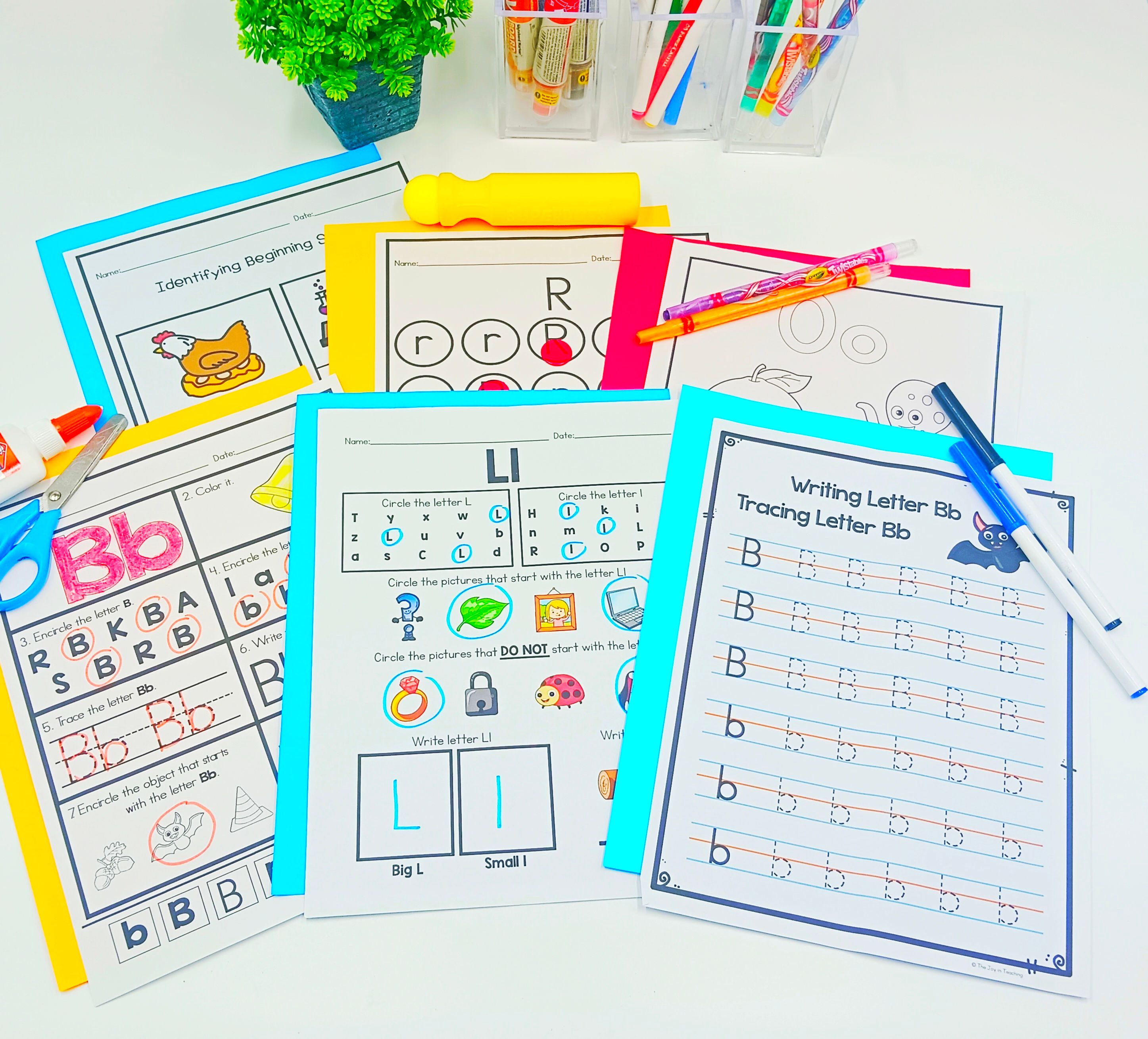
Follow Me for More Teaching Tips with Joy For more tips, resources, and a daily dose of teaching joy, follow me on:
Got questions or want to share your success stories? Drop me an email at thejoyinteaching@gmail.com. I love hearing from fellow educators and parents! Happy Teaching!
Joy Medalla
The Joy in Teaching 💛